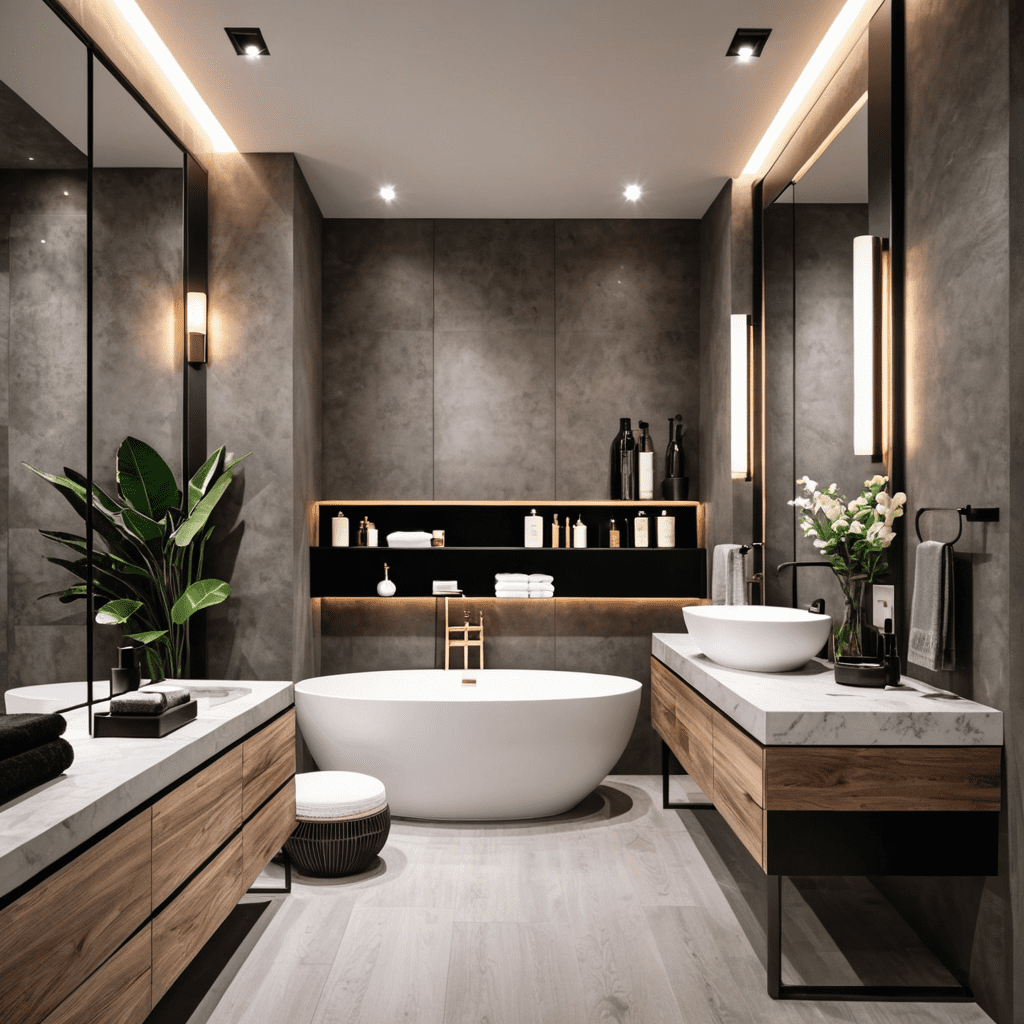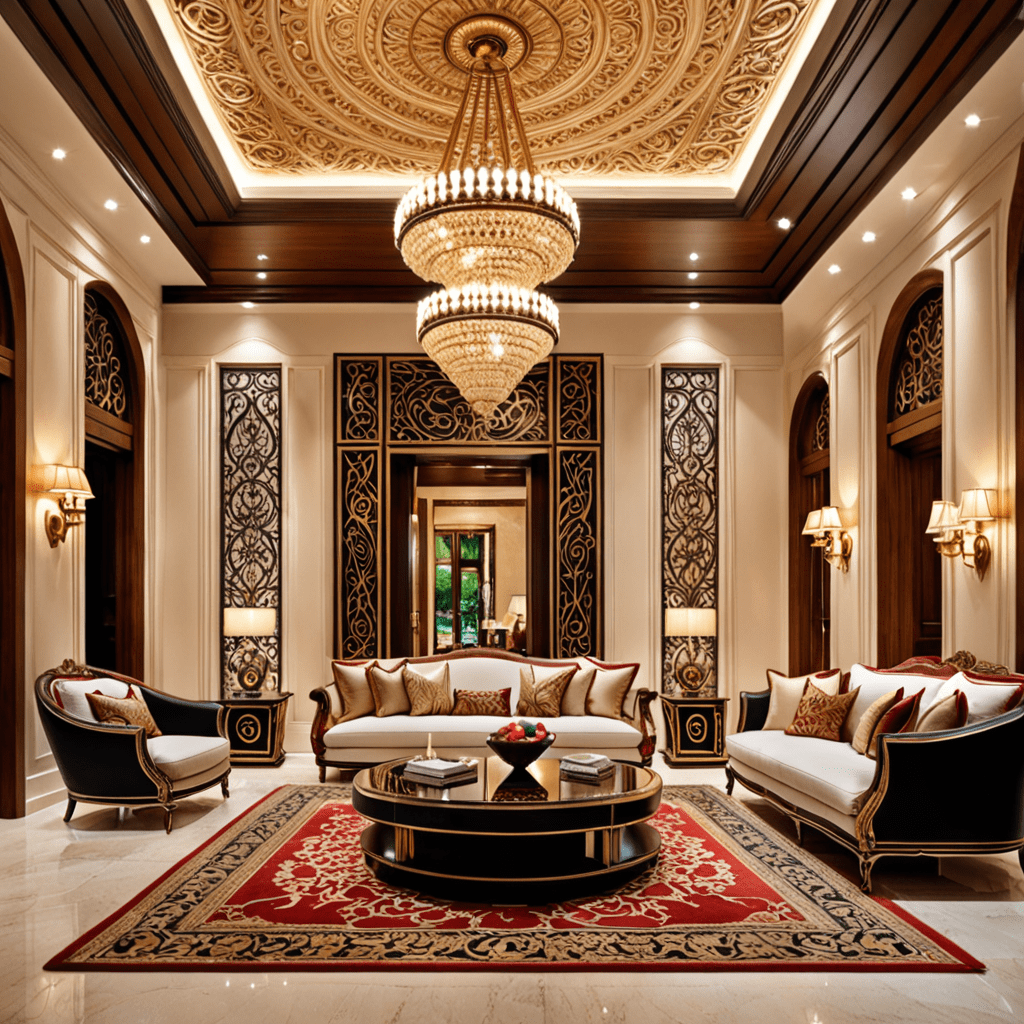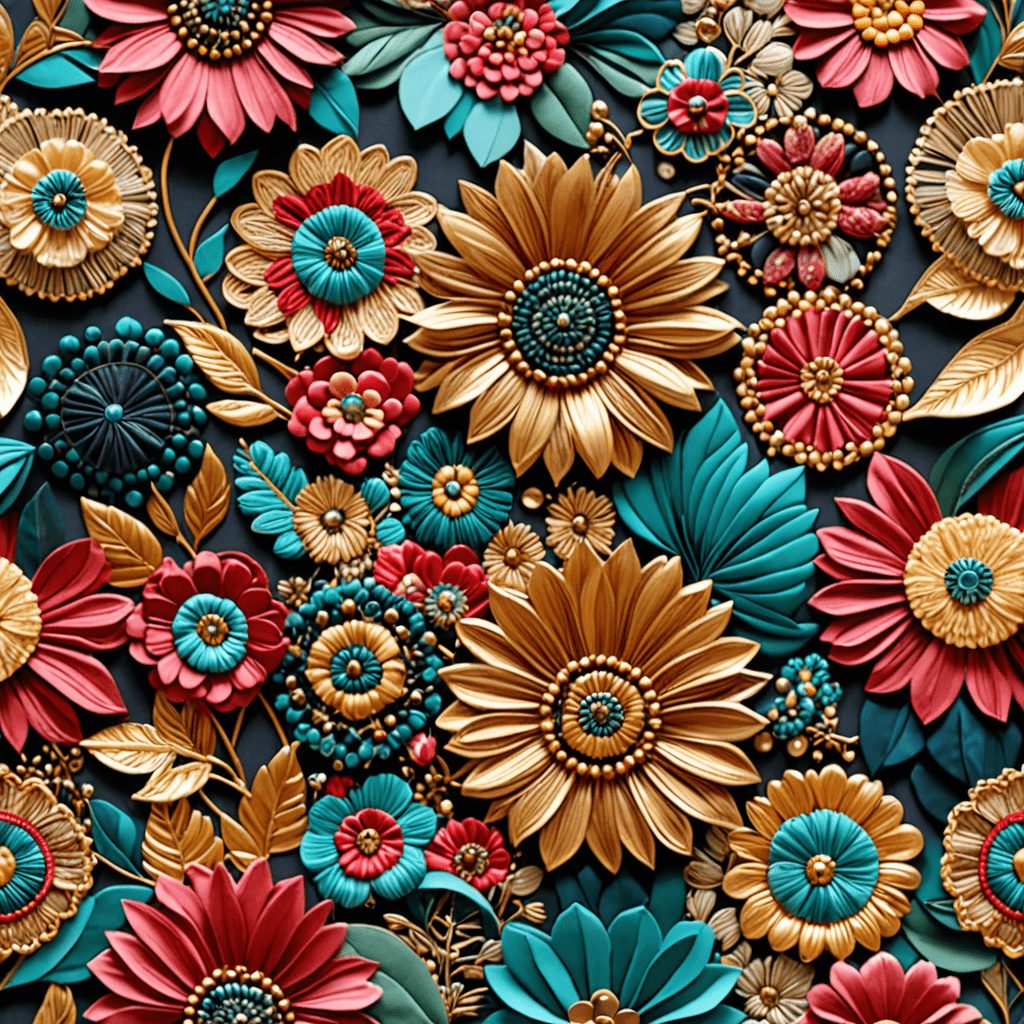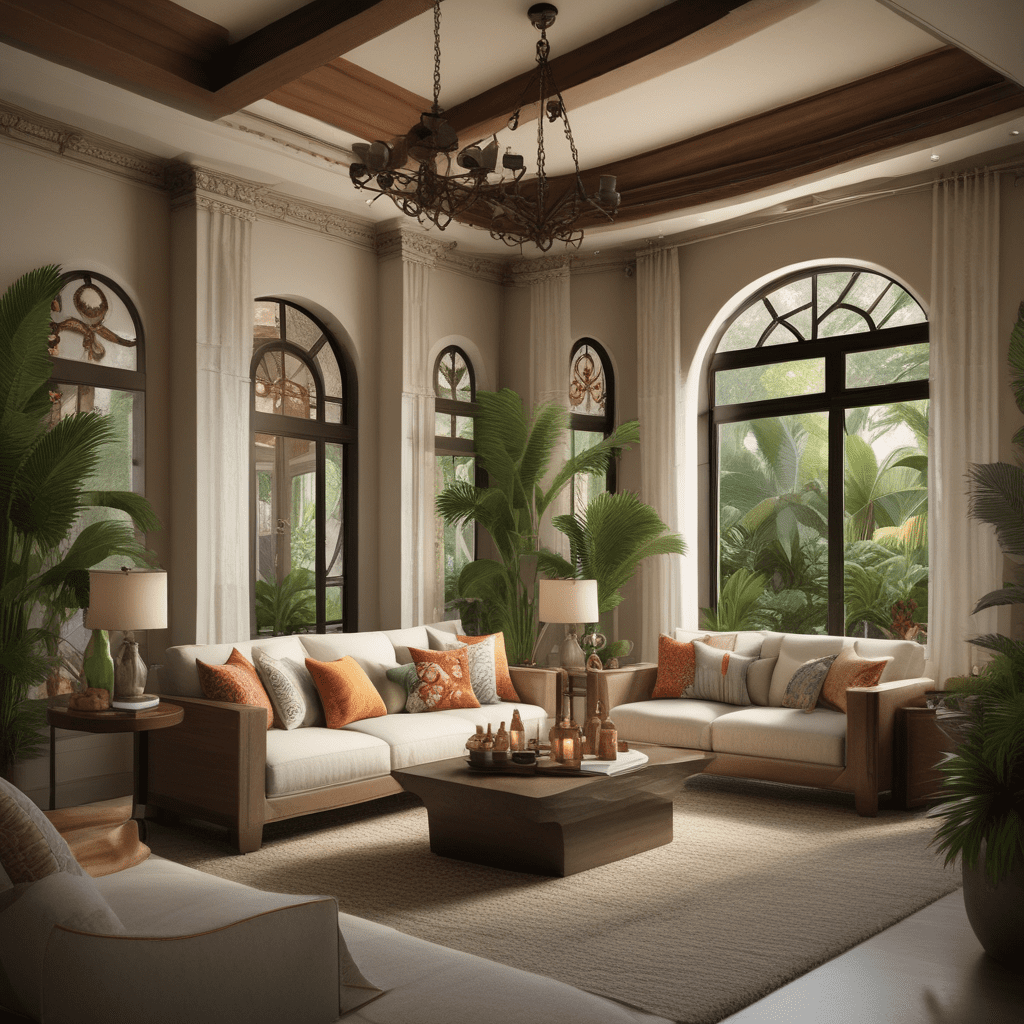Best Tips for Color Blocking in Your Home Decor
Introduction to Color Blocking in Decor
When it comes to interior design, color plays a vital role in creating a comfortable and aesthetically pleasing living space. One technique that has gained popularity in recent years is color blocking in decor. Color blocking allows you to use contrasting or complementary colors to create bold and visually striking focal points in a room. By strategically combining hues, you can transform your home into a vibrant and captivating space. In this article, we will explore the key elements of color blocking in decor, offer practical tips for selecting furniture pieces, and answer common questions to help you achieve the perfect color-blocked look in your home.
# Key Elements of Color Blocking in Decor
Color blocking in decor involves using distinct blocks or sections of color to create visual interest in a room. Here are some key elements to consider when implementing color blocking:
- Color Combination: Selecting the right color combination is crucial for a successful color-blocking effect. You can choose complementary colors (opposite on the color wheel) for a bold and contrasting look, or analogous colors (neighbors on the color wheel) for a more harmonious and soothing atmosphere.
Color Placement: The way you arrange and place the colors in a room can significantly impact the overall aesthetic. Consider the room’s layout, architectural features, and natural light sources when deciding where to apply each color block. You can use large color blocks on walls or create smaller blocks on furniture pieces, artwork, or accessories.
Balance and Scale: Achieving a balance between color blocks is essential to avoid overwhelming the space. Consider the size and scale of your furniture and accessories in relation to the color blocks. A large, bold color block may need to be balanced with smaller, more subtle blocks or neutral elements.
Texture and Materials: Introducing different textures and materials can add depth and dimension to your color-blocking scheme. Experiment with combining fabrics, patterns, and finishes to create a tactile experience that complements the chosen colors.
Contrast and Transition: Creating a smooth transition between color blocks can enhance the flow and visual appeal of a room. Play with contrasting colors to define edges or use gradients to soften the transition between blocks. The right balance between contrast and transition will contribute to a cohesive and harmonious color-blocking effect.
Emphasizing a Focal Point: Color blocking can be an effective way to draw attention to a specific area or focal point in a room. Whether it’s a vibrant statement wall, an eye-catching piece of furniture, or an art display, consider how color blocking can help highlight and enhance the desired focal point.
By keeping these elements in mind, you can effectively utilize color blocking to transform your living space and create a visually stunning environment.
# Tips for Color Blocking in Decor
Implementing color blocking in decor can be an exciting yet challenging task. Here are some tips to help you navigate this design technique with confidence:
- Start with a Neutral Base: If you’re new to color blocking, begin with a neutral base. Paint the walls in a neutral color such as white, beige, or gray. This allows you to experiment with bolder color blocks without overwhelming the space.
Choose a Color Scheme: Select a color scheme that resonates with your style and the overall mood you want to create. Explore color palettes online or consult a color wheel to determine complementary or analogous color combinations that best suit your needs.
Test Colors and Placement: Before committing to a specific color blocking scheme, test the colors and placement on a smaller scale. Use paint swatches or create a mood board to visualize how the colors will interact and whether they achieve the desired effect.
Consider the Room’s Function: Keep in mind the function and purpose of the room when selecting colors and creating color blocks. For example, vibrant and energetic colors may work well in a playroom or home gym, while calming and soothing colors may be more suitable for a bedroom or living room.
Introduce Color through Furniture: If you prefer a less permanent way to incorporate color blocking, choose furniture pieces that feature different blocks of color. Sofas, chairs, and tables with contrasting upholstery or finishes can instantly create a striking visual impact.
Play with Patterns and Textures: Enhance your color blocking with patterns and textures. Mix and match different fabrics and materials to add visual interest and depth. For example, pair a solid-colored chair with patterned cushions or layer a textured rug over a smooth floor surface.
Use Accent Accessories: Incorporate color blocks through accessories such as rugs, curtains, throw pillows, and artwork. These smaller accents can add pops of color and tie the color scheme together, even in a more neutral room.
Maintain Cohesion: While color blocking allows for creativity and vibrancy, it’s essential to maintain cohesion throughout the space. Choose colors that complement each other and create a harmonious flow from one color block to another.
By following these tips, you can confidently experiment with color blocking in decor and create visually stunning and cohesive spaces in your home.
# FAQ about Color Blocking in Decor
Question 1: How do I choose the right color combination for color blocking?
– Answer: When choosing a color combination for color blocking, consider the mood you want to create in the room. Complementary colors, such as blue and orange or purple and yellow, create a bold and dynamic look. Analogous colors, like blue and green or red and orange, offer a more harmonious and soothing vibe. Experiment with different color combinations using a color wheel or consult an interior designer for expert advice.
Question 2: Can color blocking work in a small space?
– Answer: Absolutely! Color blocking can add depth and visual interest to small spaces. Opt for smaller color blocks or consider using color blocking techniques on furniture pieces and accessories instead of walls to prevent the space from feeling overwhelmed. Additionally, using lighter or pastel shades can help create the illusion of a more spacious room.
Question 3: Are there any rules for placing color blocks in a room?
– Answer: While there are no strict rules, it’s essential to consider the room’s layout, architectural features, and natural light sources when placing color blocks. Take into account the focal points and ensure a balanced distribution of colors throughout the space. Experiment with various placements and seek feedback from friends or family to find the arrangement that best suits your style and preferences.
Question 4: How can I make the transition between color blocks smoother?
– Answer: To create a smooth transition between color blocks, consider using gradients or shades of the same color. Blend the colors together in a gentle gradient, or add a neutral or complementary color strip between the blocks to soften the transition. Additionally, utilizing furniture or decor items in transitional colors can help bridge between different color blocks.
Question 5: Can I incorporate color blocking in a traditional or minimalist interior design style?
– Answer: Yes, color blocking can be adapted to various interior design styles. In a traditional space, consider using more muted or classic color combinations to maintain a timeless elegance. For minimalist styles, choose a limited color palette and focus on clean lines and geometric color arrangements. Color blocking can add a contemporary twist to any design style when executed thoughtfully.
In conclusion, color blocking in decor offers a creative and vibrant way to transform your living space. By understanding the key elements and following practical tips, you can confidently introduce color blocks that reflect your style and personality. Whether you choose bold and contrasting combinations or soothing and harmonious hues, color blocking allows you to create a visually stunning environment that truly feels like home.





